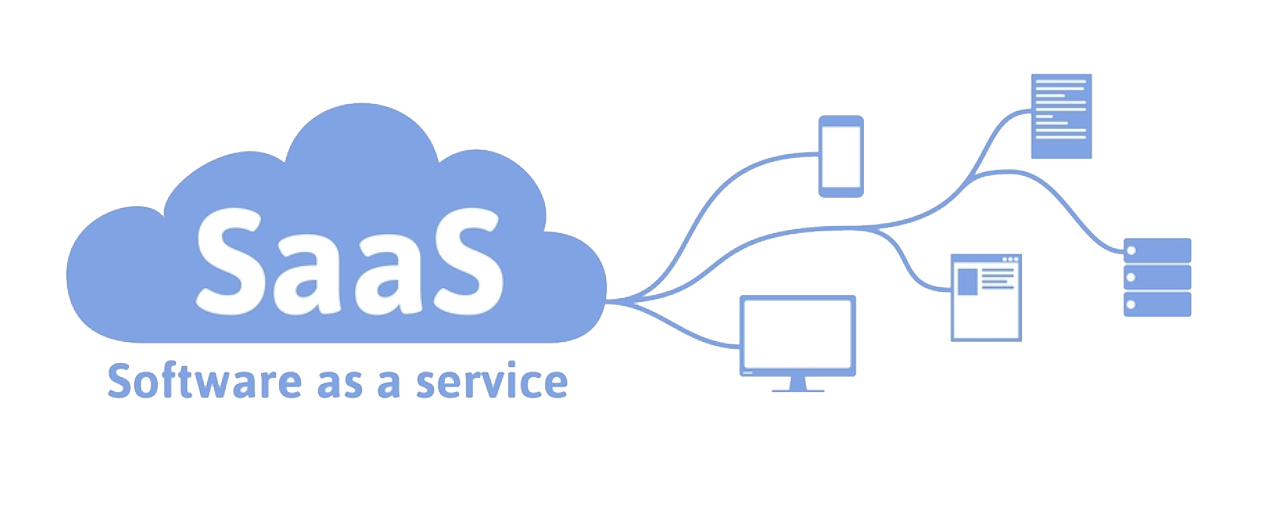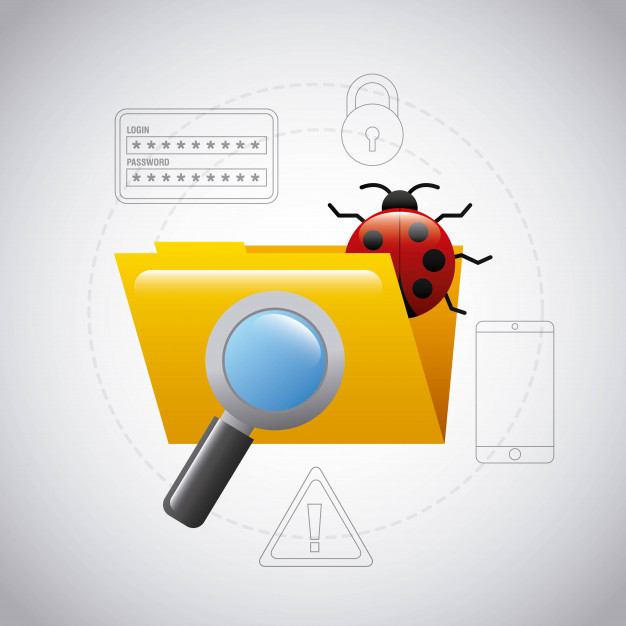SFDC : Logging As A Service
Standard “Out-of-Box” support to leadership, developer community and business users for providing visibility and ease of management of the custom functionality built on top of the Salesforce platform in form of a trusted Salesforce-AppExchange managed package.



